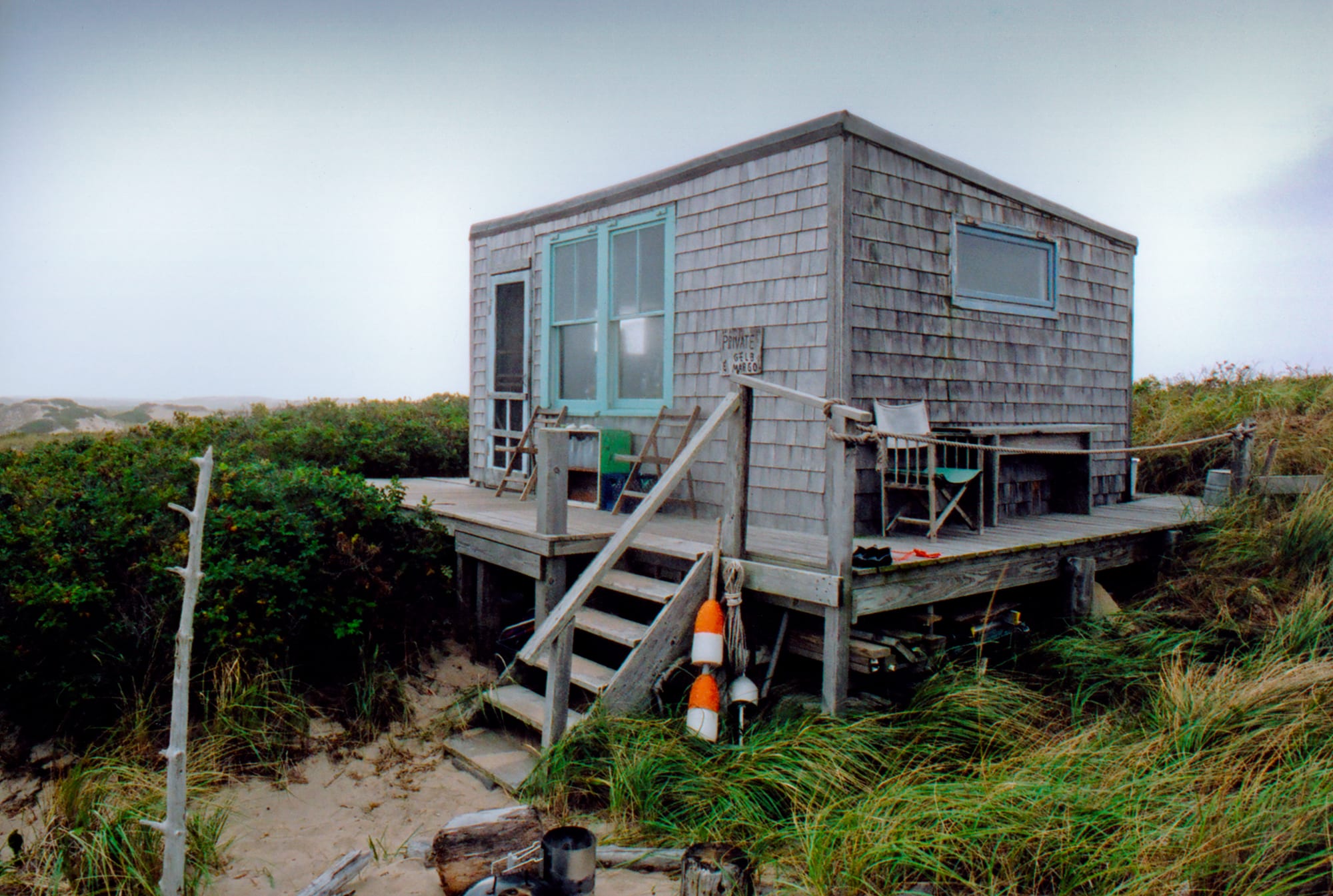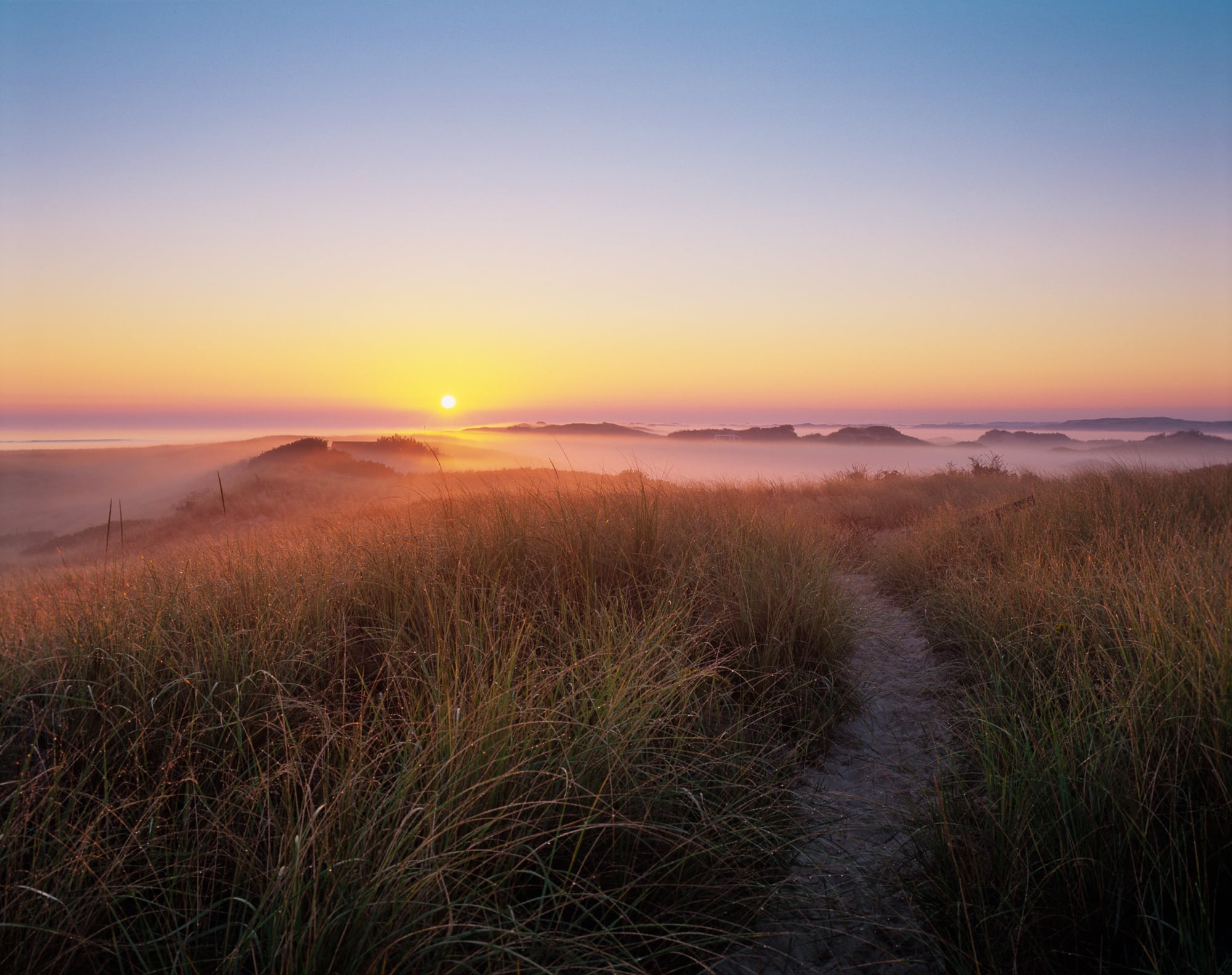Massachusetts
Scenes from a Provincetown Dune Shack | Featured Photographer Alison Shaw
A collection of images celebrating Cape Cod’s sea, shore, and sky captured by Alison Shaw while living in a Provincetown dune shack.

Coffee By Design | Portland, Maine
Photo Credit : Katherine Keenan
Photo Credit : Alison Shaw
WHAT’S YOUR CONNECTION TO NEW ENGLAND?
Although I grew up in Maryland, my heart has always been squarely in New England. My first trip to Martha’s Vineyard was as an infant; my grandparents had retired to Edgartown in the late 1940s, when the island was still relatively unknown. I summered each year on the Vineyard growing up, and it became my permanent residence after I headed to the island after college graduation for “just one summer” with a handful of my Smith College classmates. My love for Cape Cod actually came from a series of assignments I’ve done for Yankee over the years. Before that, I’d thought of the Cape primarily as a way to reach the Vineyard. I’ve also got a deep connection to midcoast Maine: My parents retired to Brunswick, where my brother lives, and I’ve been teaching at Maine Media Workshops in Rockport for 20-plus years.WHAT EQUIPMENT DO YOU USE?
When I lived in the Provincetown dune shack in 2005, and photographed that portion of the Cape Cod National Seashore, I was using a big, clunky medium-format Pentax 6×7 camera with Fujichrome Velvia transparency film. Every couple of days I would make the long trek over the dunes to pack out my trash and restock provisions and, more important, ship my film to the color lab and pick up any processed rolls. Today I shoot with a Nikon D850 DSLR camera. I’ve been shooting all digital for about 10 years now. For quality’s sake I try to keep up with the latest cameras, but when it comes to lenses, some of my favorites are 30 years old. My lens selection ranges from 14 to 105 mm; with my fine art photography I find that I have no need for telephoto lenses. All of my lenses are primes — there are no zooms in my camera bag. I use a Gitzo carbon-fiber tripod that’s old that they don’t even make parts for it anymore. I carry a small selection of filters, mainly neutral density filters that I use to slow down my shutter speed when photographing moving water.WHAT INSPIRES YOU?
I’ve shot a range of subject matter over the course of my career, but a constant theme has been the coastline of Martha’s Vineyard, and more recently that of the Cape. Those coastlines have become my singular subject matter and source of inspiration. I love being alone on the beach, at any time of day, in any season, and in any weather. My subject matter boils down to the sea, the shore, and the sky, with an occasional jetty, boat, or dock. This is when I’m in my zone. My two-week stay in the dune shack gave me the perfect opportunity — the time, space, and mindset, in addition to the setting — to slow down and focus exclusively on the coastal beauty that surrounded me. The images that I created during my time in the dune shack depicted the sea, the shore and the sky. The square format was a deliberate choice of the simplest possible shape, and in each photo I split my frame into two equal parts, placing the horizon in the center of the frame to form a perfect symmetry. This aesthetic choice reflected the simplicity of my life in the shack at the seashore. In the images themselves, I was not interested in recording precise details; instead, I was looking to capture essence. I thought of my camera more like a paintbrush, panning the scene to give the impression of brushstrokes. To see more of Alison Shaw’s work, go to alisonshaw.com. To learn more about the artist-in-residency program at the dune shacks, go to nps.gov/caco/learn/historyculture/ocarc.htm.Scenes from a Provincetown Dune Shack | Featured Photographer Alison Shaw

Photo Credit : Alison Shaw

Photo Credit : Alison Shaw

Photo Credit : Alison Shaw

Photo Credit : Alison Shaw

Photo Credit : Alison Shaw

Photo Credit : Alison Shaw

Photo Credit : Alison Shaw

Photo Credit : Alison Shaw

Photo Credit : Alison Shaw








who owns this shack? is it for rent?